14 Best Skywatching Events of 2017
Don't Miss These 14 Must-See Skywatching Events of 2017
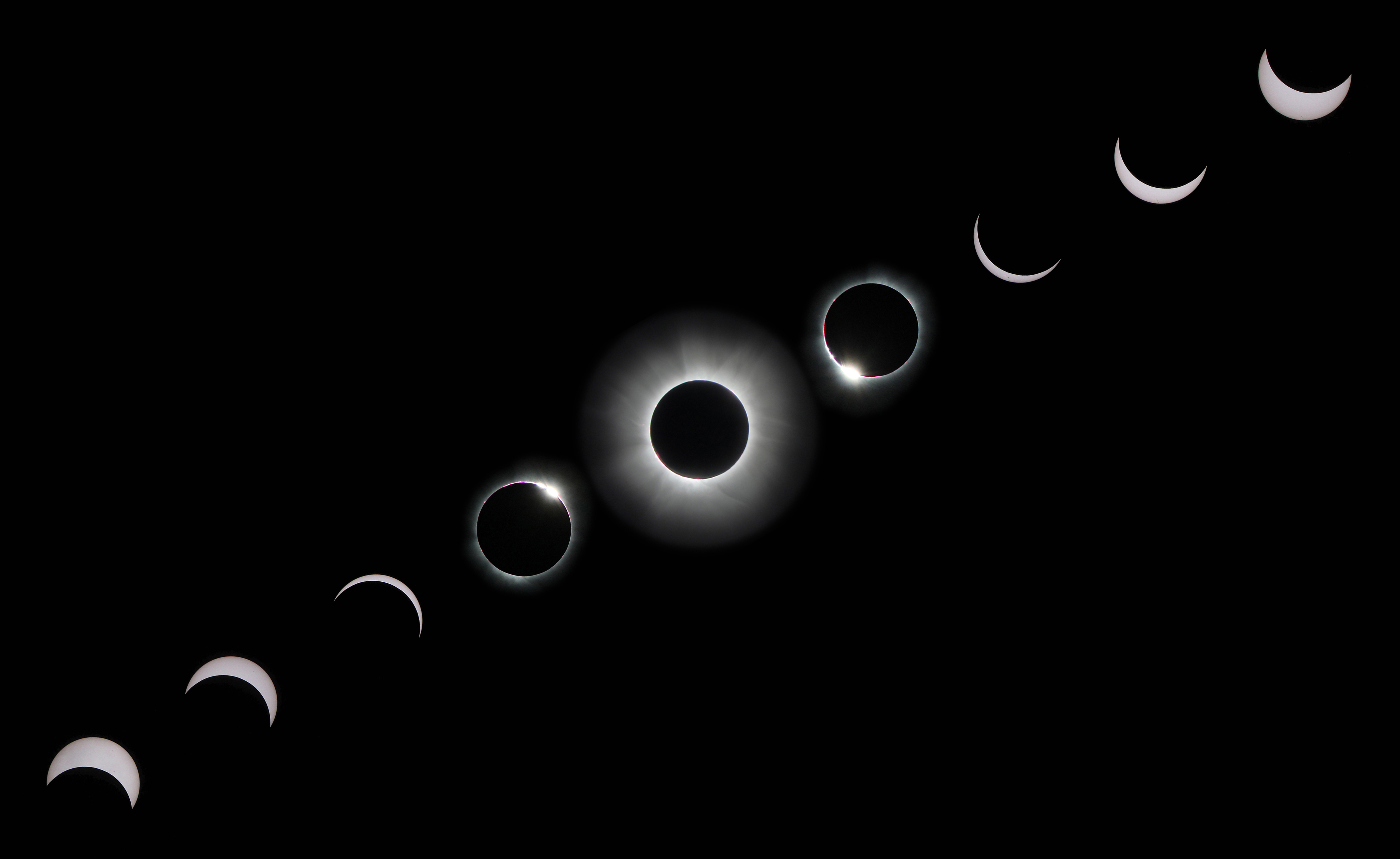
Another year of skywatching is upon us, and there's a lot to look forward to in 2017!
Here are some of the more noteworthy sky events that will take place this year, including multiple meteor showers, occultations of bright stars and the first total eclipse of the sun for the United States in nearly four decades. Space.com's Night Sky column will provide more extensive coverage of these events as they draw closer.
Aug. 7 - Partial Eclipse of the Moon
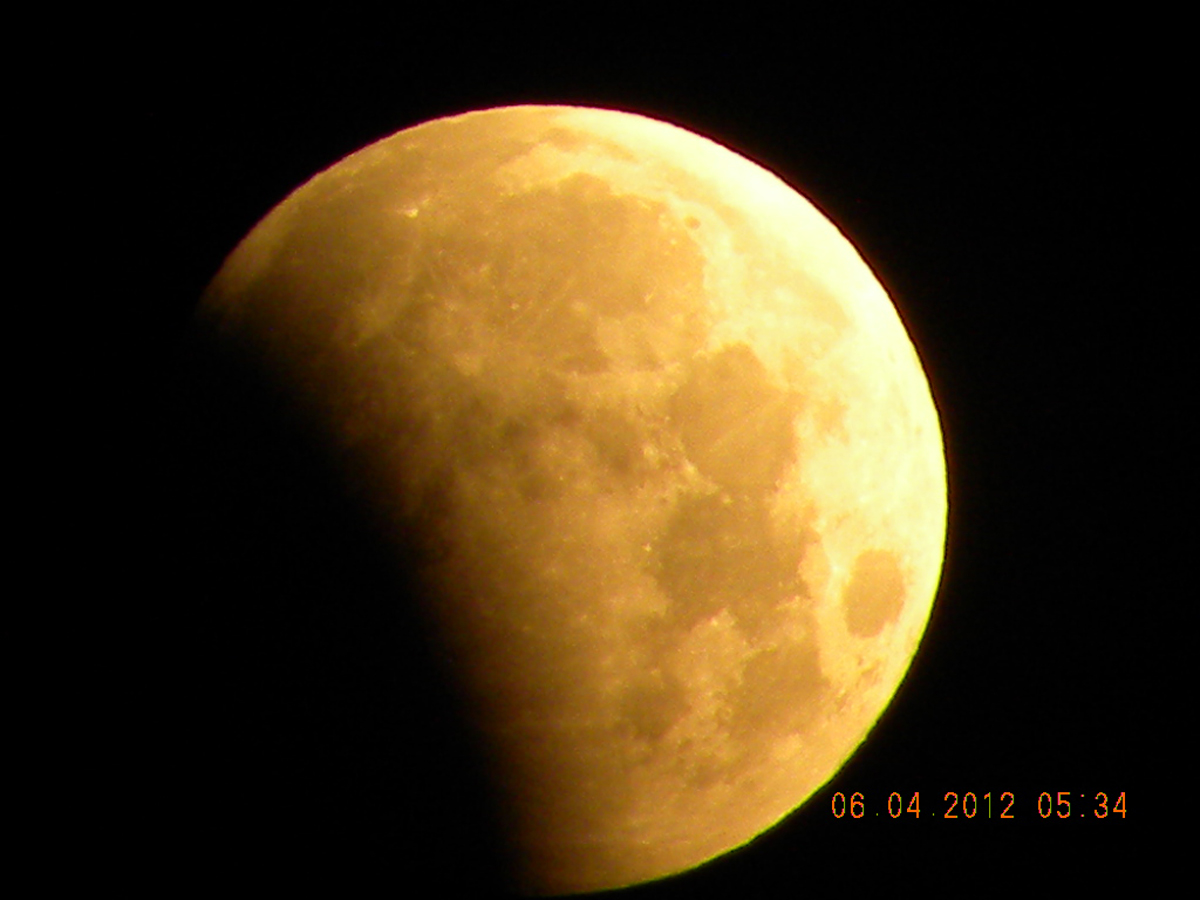
This event will be visible exclusively from "the Old World" Aug. 7 the Eastern Hemisphere, running from much of Europe and Africa, and east through Asia, Australia and New Zealand. The moon will pass partially through the northern part of the Earth's dark umbra. At maximum (18:20 UT), a dark "bite" will appear on the moon's lower limb; roughly one-quarter of the moon's diameter will be immersed in the umbra. But no part of this eclipse will be visible from North America.
NEXT: Shower of light
Feb. 10 - Penumbral Eclipse of the Moon
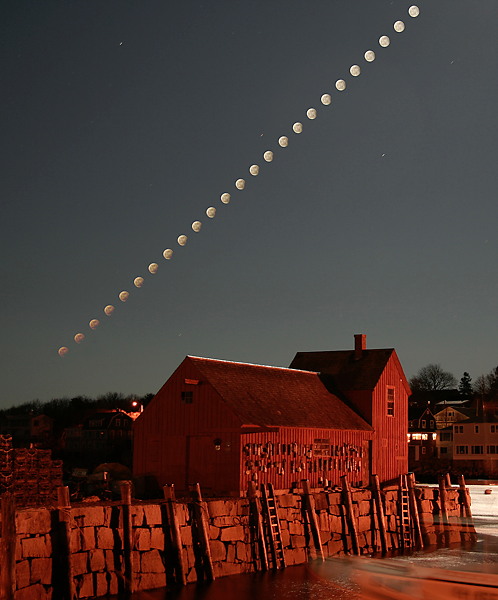
The full moon will pass very deep into the outer shadow of the Earth, called the penumbra, on Feb. 10. At maximum eclipse (7:43 p.m. EDT, or 0043 GMT Feb. 11), nearly 99 percent of the moon will be immersed in the shadow, resulting in the top half of the moon appearing noticeably shaded or smudged. Europeans will see this happening around the middle of their night. Eastern North America will find the moon well up in the eastern sky; farther west, the darkest phase of the eclipse will occur closer to moonrise. [See stunning photos of a penumbral lunar eclipse.]
NEXT: A ring of fire
Feb. 26 - Annular Eclipse of the Sun
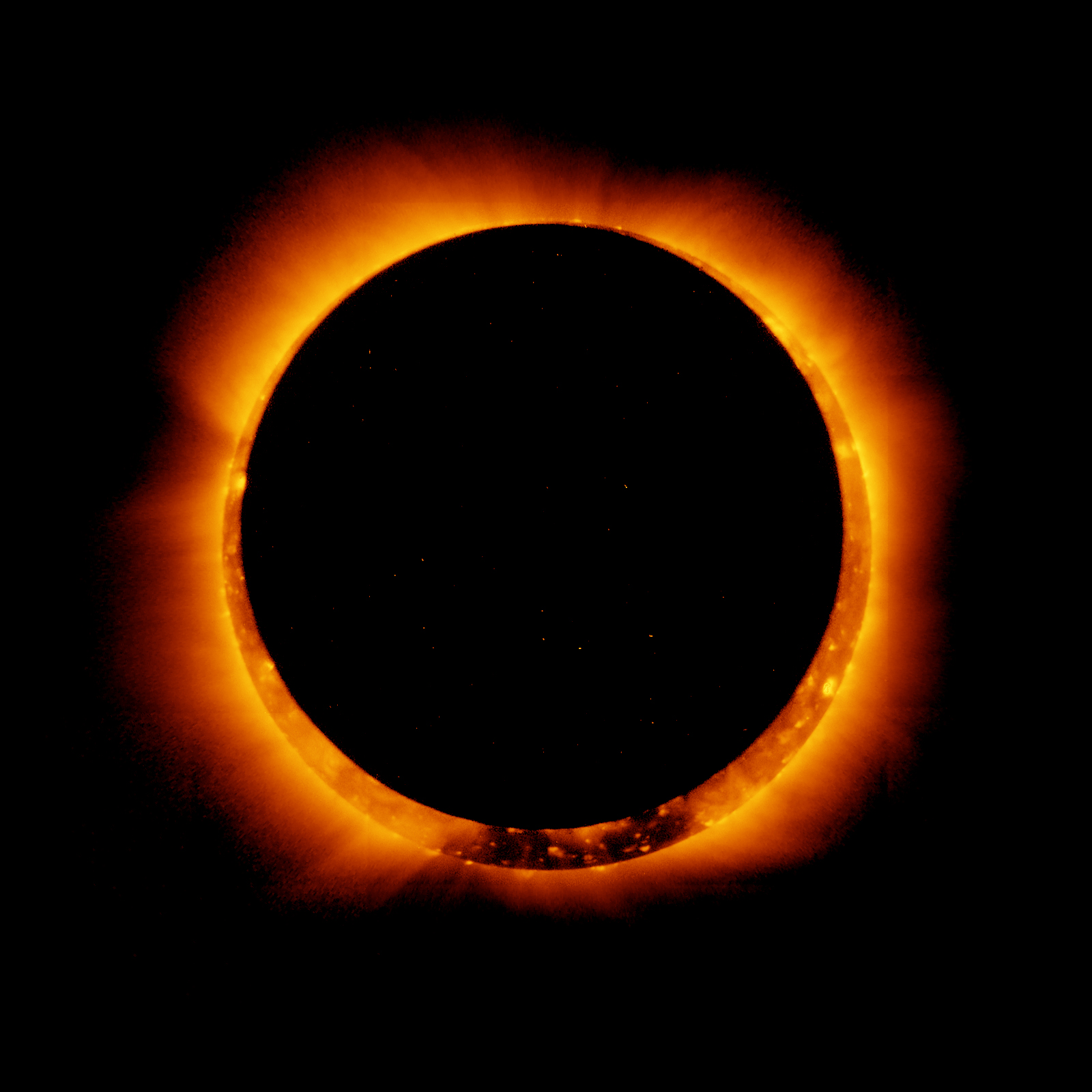
In an annular eclipse, the dark silhouette of the moon appears ever-so-slightly smaller than the disk of the sun, transforming the sun into a narrow ring of light for up to 44 seconds. The eclipse's narrow path Feb. 26 will start in the South Pacific Ocean at sunrise, cross Patagonia, then sweep across a broad expanse of the South Atlantic Ocean before moving over the African countries of Angola, Zambia and the Democratic Republic of the Congo. A partial solar eclipse of varying extent will be visible from the lower two-thirds of South America, southern and western portions of Africa, and much of Antarctica. In all, the prospective viewing audience will be about a half billion people. [Solar Eclipses: An Observer's Guide (Infographic)]
NEXT: Planetary dazzle
Winter into Early Spring - "The Venus Show"
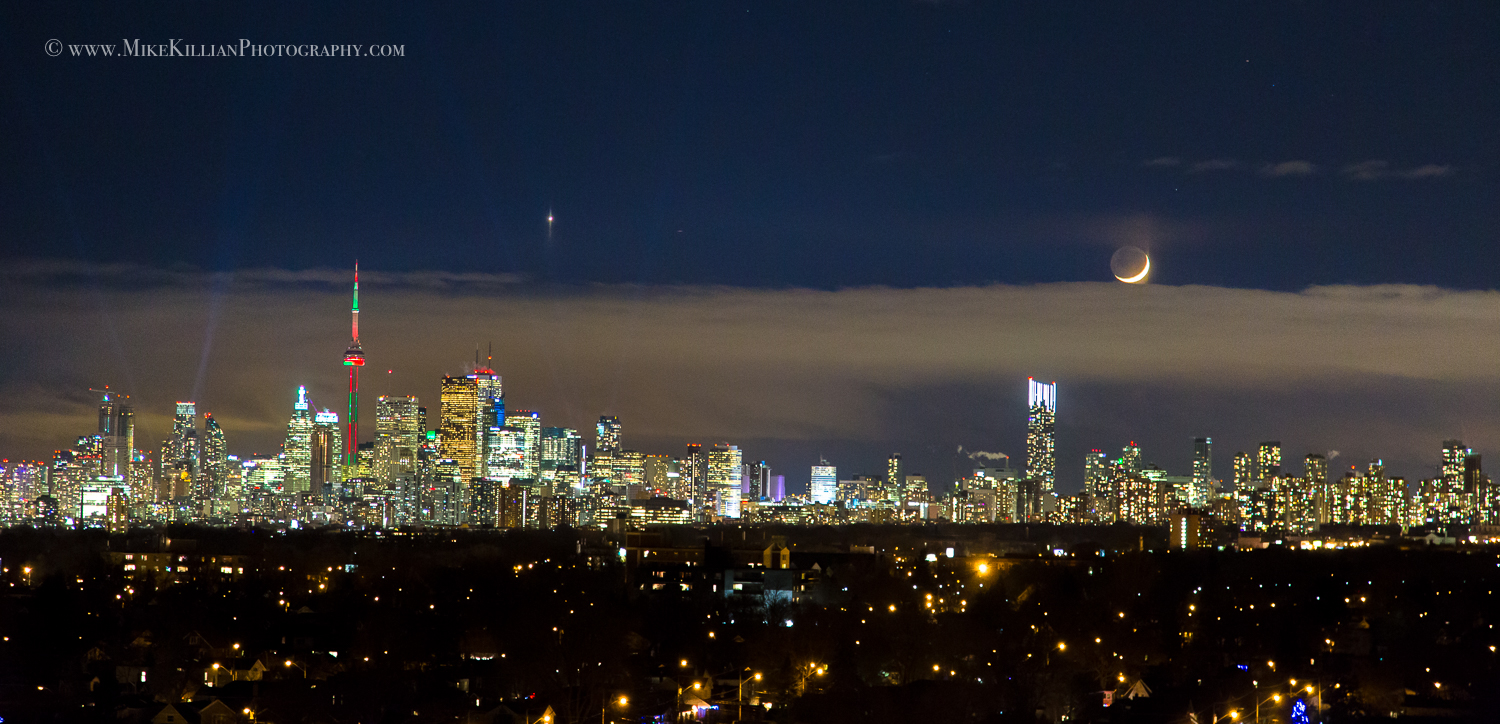
This brilliant planet will dazzle evening skywatchers in January and February, setting nearly 4 hours after the sun. The planet will soar high into the western sky during that time, becoming so intensely brilliant that it will be able to cast shadows. It will drop back toward the sun during March, but will appear as a beautiful, slender crescent even in binoculars. The planet will transition to the morning sky in April, this time reappearing as a magnificent predawn object for early spring.
NEXT: A hiding star
March 4 - Occultation of Aldebaran
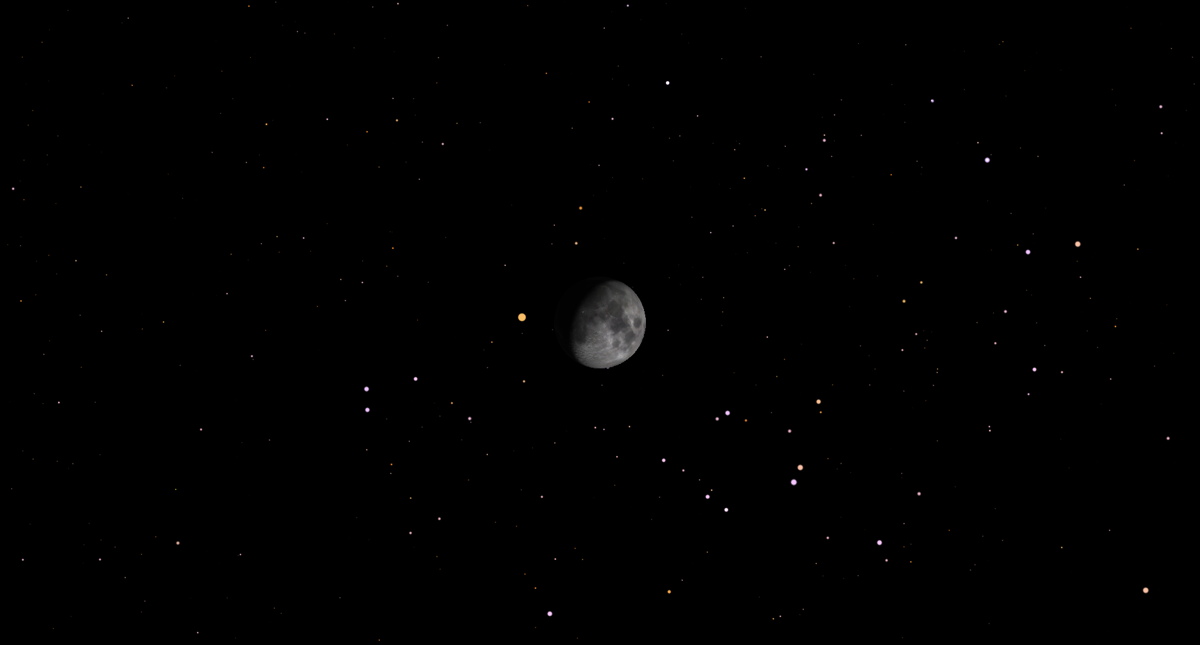
The brightest star that can be hidden by the moon — called an occultation — will be occulted for Hawaii, the contiguous United States, Central America and the western Caribbean the evening of March 4.
NEXT: Lord of the Rings
June through October - Saturn "Opens Up"
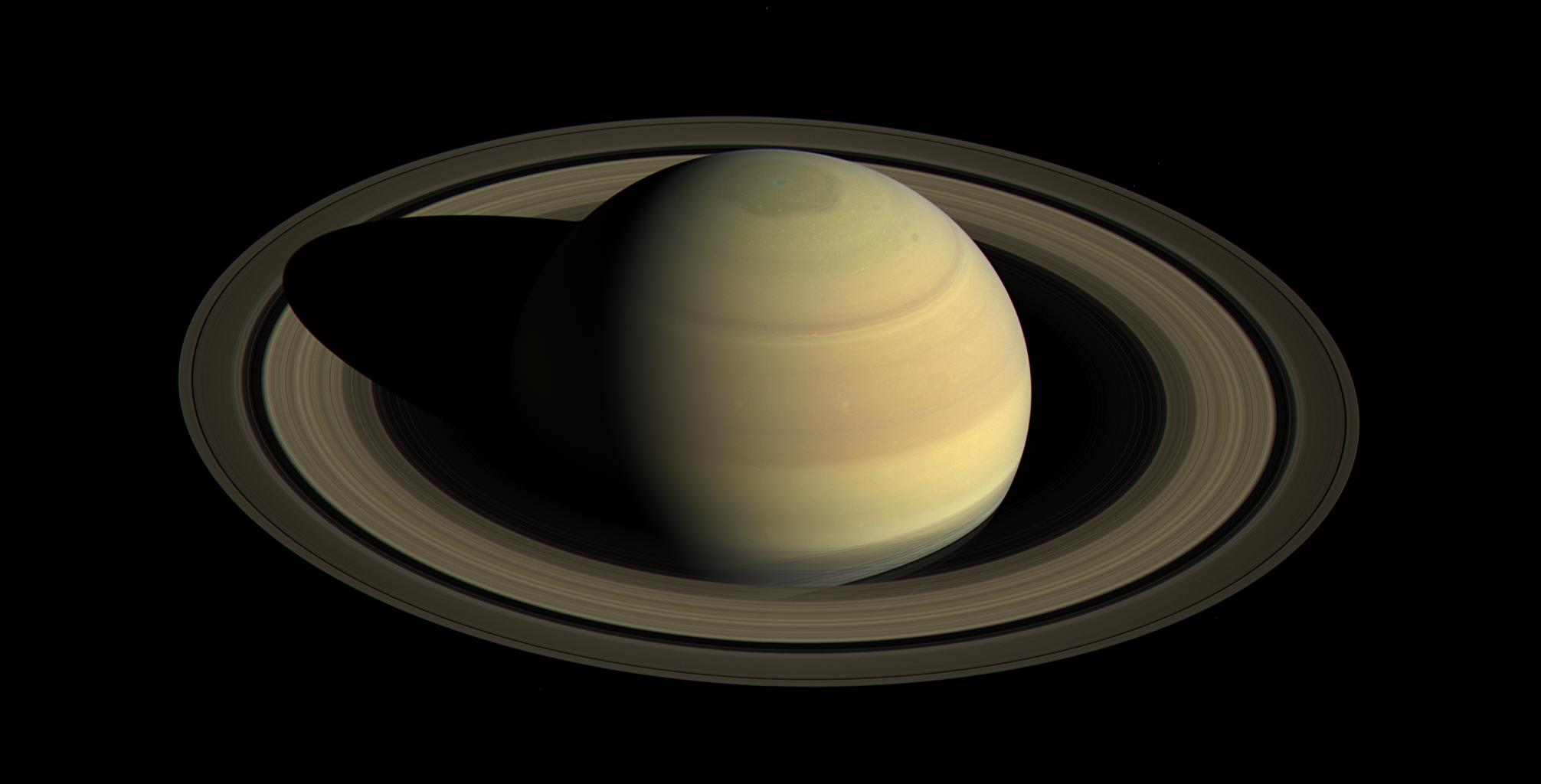
The "Lord of the Rings" will be in excellent position for viewing during convenient evening hours this summer and fall. More importantly, its famous and beautiful ring system will be wide open, tilted about as far toward Earth as it can get and affording a spectacular sight for viewers even through small telescopes. The rings will be at their best since 2003 and will be displayed at their maximum inclination of 27 degrees on Oct. 17.
NEXT: Moon obscured
Jan. 3 - Quadrantid Meteor Shower
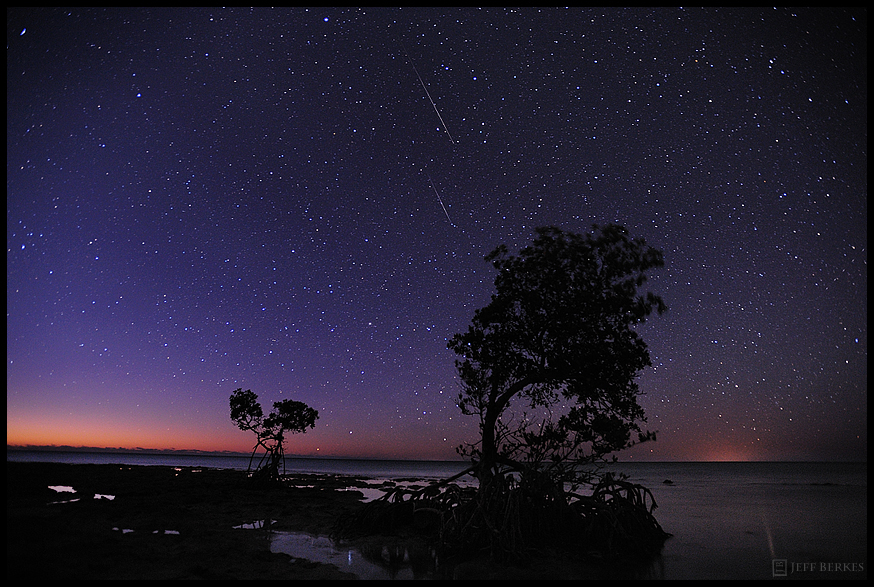
This meteor display features a very sharp peak Jan. 3, and it is due to reach its maximum at 10 a.m. EDT (1400 GMT) this morning. That timing favors viewers on the West Coast of North America, where dawn will be breaking just as the "Quads" are reaching their peak. Anywhere from 60 to 120 meteors per hour might be seen by a single observer watching from a dark-sky site. Farther to the east, morning twilight and sunrise will interfere, but skywatchers might still spot a good number of these meteors. The moon will not pose any interference.
NEXT: A shadowy excursion
Aug. 12 - Perseid Meteor Shower
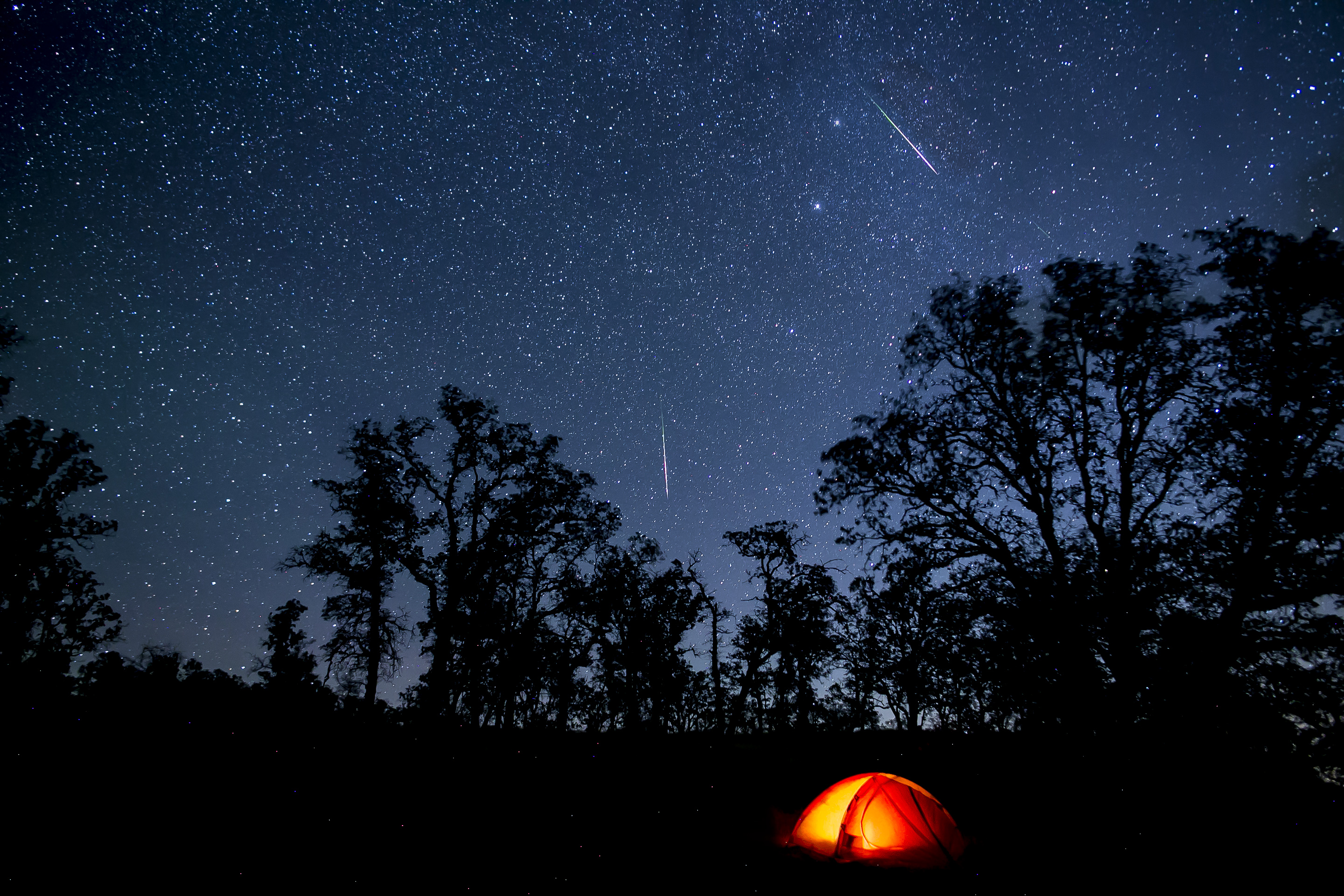
This annual meteor display is perhaps the most popular, because it appears at a time of year when most people are out on vacation. Many discover it for themselves while camping or enjoying some R&R at a location far from city lights. The unusual abundance of these bright streaks of light calls attention to the night sky, and the meteors indeed usually come in good numbers, sometimes as many as 90 or more per hour. However, this year, the moon will create a major problem; a 75 percent illuminated waning gibbous will light up the after-midnight skies and obscure all but the brightest meteors.
NEXT: Historic spectacle
Aug. 21 - Total Eclipse of the Sun
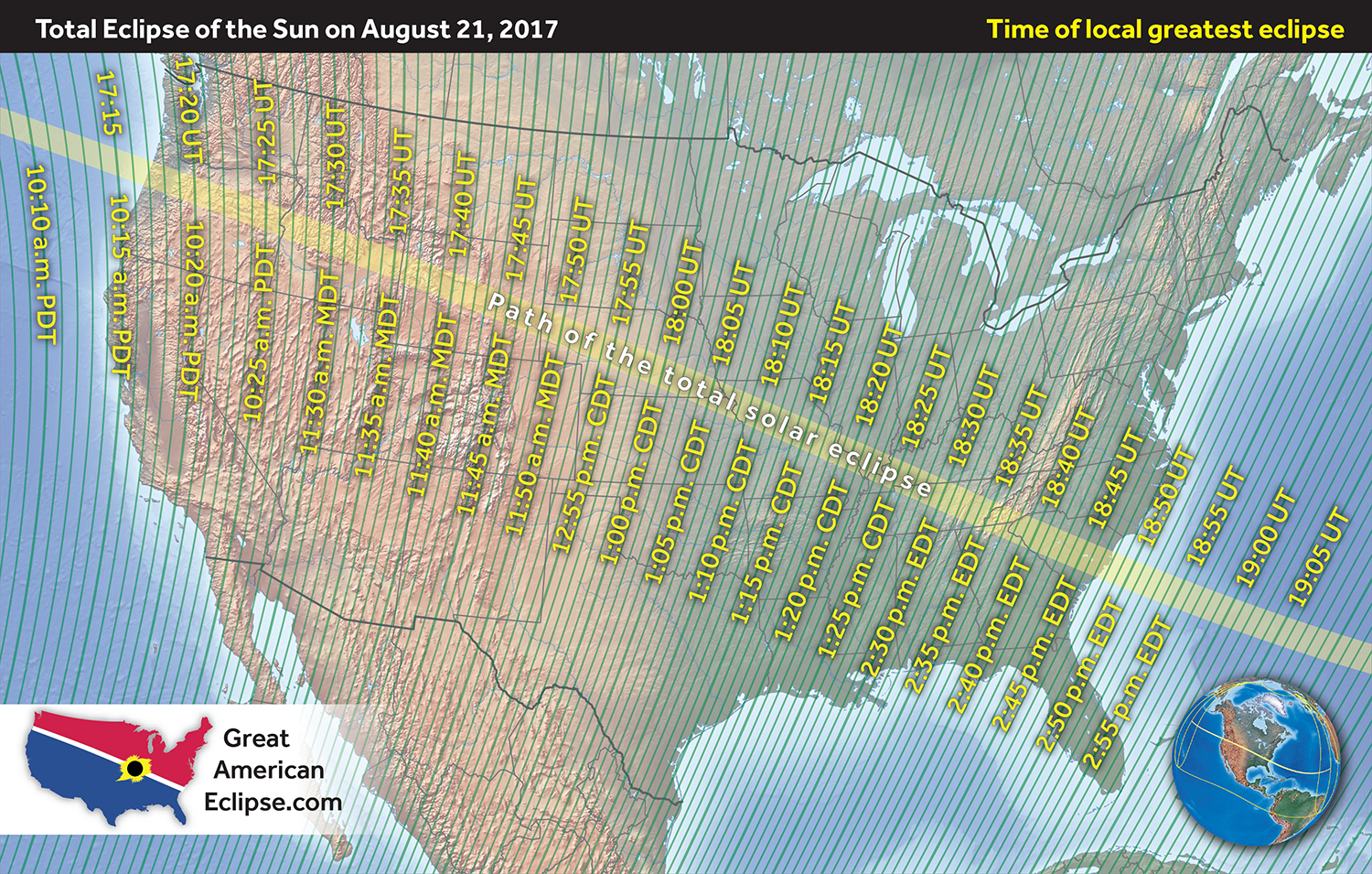
Those living within a path roughly 70 miles (112 kilometers) wide and stretching from coast to coast across the United States will get an opportunity to observe nature's greatest show Aug. 21: a total eclipse of the sun.
This total solar eclipse will be the first in nearly four decades to be visible so close to home for Americans. It will mark the first time in this century, and the first time since 1979, that a total solar eclipse will cross the contiguous (48) United States. (Alaska had its turn in 1990, Hawaii in 1991.) The shadow's track — better known as the "path of totality" — will sweep over only the United States and no other country for the very first time in modern history, leading some to refer this upcoming event as "The Great American Eclipse." [Total Solar Eclipse 2017: When, Where and How to See It (Safely)]
Many Americans taking full advantage of this event's close proximity to their homes will have a golden opportunity to witness firsthand one of the most beautiful and exciting of nature's sky events. The total eclipse will be seen by an estimated 12 million people who fortuitously live within the totality path. However, the number of people who are within just one day's drive of the totality zone is probably around 225 million. This will likely be one of the big events of 2017, and Space.com will provide you with all the details as this "day of darkness" gets closer.
NEXT: Regulus covered
Oct. 15 - Occultation of Regulus
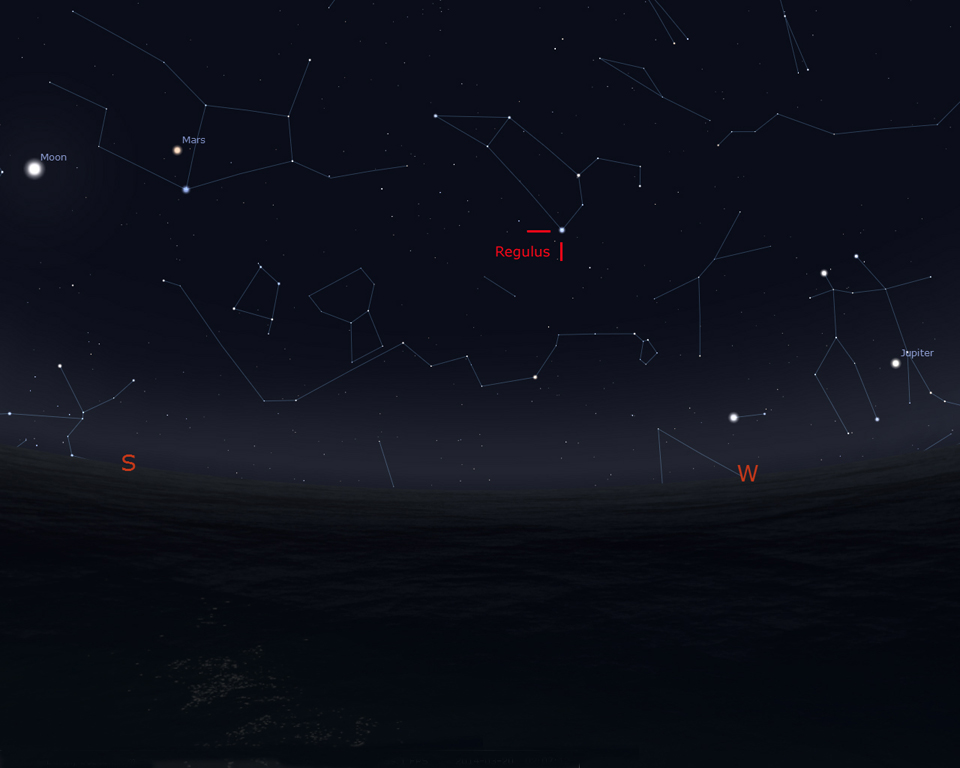
The brightest star in Leo, the lion, will be covered by a slender crescent moon before sunrise Oct. 15 as seen from the United States and most of the Caribbean.
NEXT: A hiding star (again)
Join our Space Forums to keep talking space on the latest missions, night sky and more! And if you have a news tip, correction or comment, let us know at: community@space.com.
Get the Space.com Newsletter
Breaking space news, the latest updates on rocket launches, skywatching events and more!

Joe Rao is Space.com's skywatching columnist, as well as a veteran meteorologist and eclipse chaser who also serves as an instructor and guest lecturer at New York's Hayden Planetarium. He writes about astronomy for Natural History magazine, Sky & Telescope and other publications. Joe is an 8-time Emmy-nominated meteorologist who served the Putnam Valley region of New York for over 21 years. You can find him on Twitter and YouTube tracking lunar and solar eclipses, meteor showers and more. To find out Joe's latest project, visit him on Twitter.
